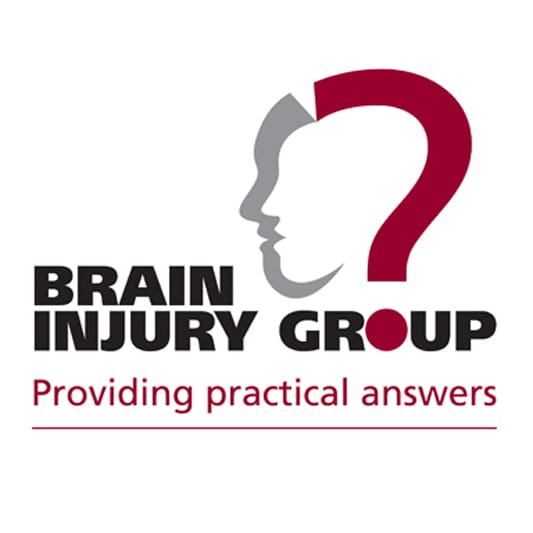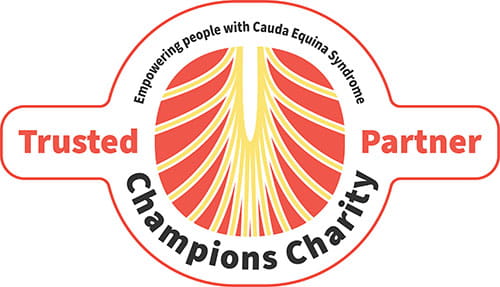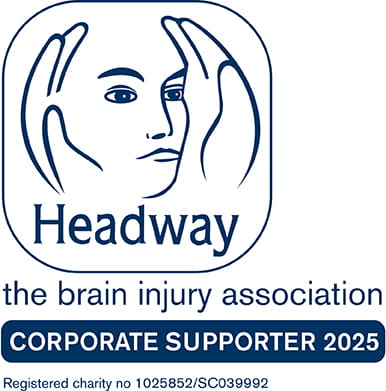It is caused by an abnormality of the blood vessels in the retina in the back of the eye that receives light and, together with the brain, turns that light into a picture.
The abnormal blood vessels may be leaky which can cause retinal detachment – a serious disorder which can cause blindness.
In over 90% of cases it only affects one eye.
While there is no cure for Coats’ disease, which is also known as exudative retinitis, laser treatment can seal up the leaky blood vessels and treatment with drugs can also help.
If it is untreated, and it affects the centre of the retina (macula) or leads to total retinal detachment in the affected eye, vision in this eye can be permanently lost.
The amount of vision lost is dependent on the location and extent of the retinal detachment. Early diagnosis and treatment is therefore vital.
How to spot Coats’ disease
In National Eye Health week, which runs until September 26, Shoosmiths want to raise awareness of Coats’ disease - the cause of which is not fully known. There are no obvious risk factors and it is not inherited.
Most children don’t have any symptoms – the eye doesn’t look unusual, isn’t painful or red. Young children won’t usually be aware that there is a problem with their vision, and they will not be able to communicate in the same way as older children. The RNIB says often children are diagnosed following an unusual finding at an optician’s appointment or after failing a school vision screening test.
Throughout childhood the NHS provides vision checks at six to eight weeks, at around one year, or between two and two-and-a-half years, as part of child health and development reviews.
The NHS recommends vision screening at age four to five and this usually happens at school. They also recommend if you have any concerns about your child's vision at an earlier stage, speak to your GP or go to an opticians.
Luke Thomas, a clinical negligence trainee solicitor in the Shoosmiths’ Northampton office, says that it is important to look out for signs of a squint as this can be an early indication of the disease.
Luke is acting for a child whose squint was not investigated by their GP as a baby at six to eight weeks, this led to a failure to refer to an ophthalmologist and as a result a problem was not picked up with their eyesight until they was at school age and only then was a diagnosis of Coats’ disease confirmed. Had an earlier diagnosis been made, in all likelihood, their sight would have been saved. Luke says:
“This case demonstrates the importance of the role of the child’s GP when checking eye health. A squint should be checked out as a matter of urgency. The medical literature suggests that if it has not resolved after three months, there should be a referral to an ophthalmologist.”
Disclaimer
This information is for educational purposes only and does not constitute legal advice. It is recommended that specific professional advice is sought before acting on any of the information given. © Shoosmiths LLP 2025


















